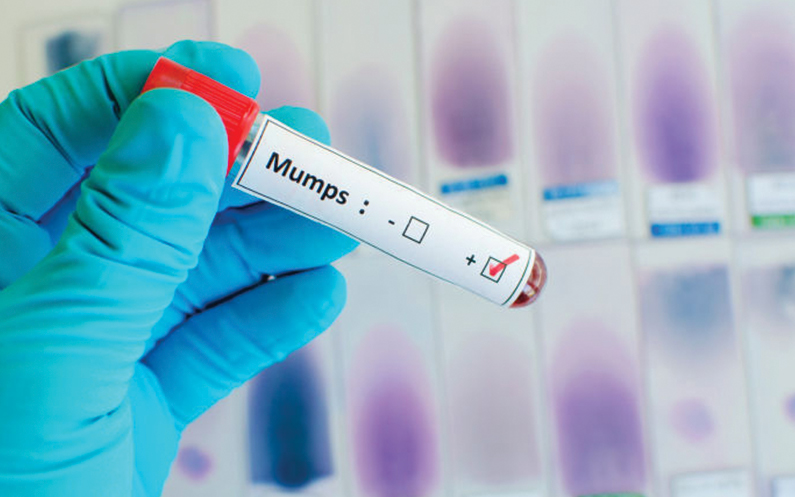With news of a small mumps outbreak in Belgade, Montana, it’s worth reviewing signs and symptoms of the disease, along with an outline of vaccination protocol.
Three students in Belgrade middle and high schools have been diagnosed with the mumps, a viral disease that causes swelling in the salivary glands. While students have significant protection against the mumps because immunizations are required under state law, the Gallatin City-County Health Department is working to identify students who may have been exposed to the ill students, the Associated Press reported. Montana had one case of mumps in 2012 and one each in 2014 and 2015. About 25 percent of people who get the mumps show few to no symptoms.
The disease is spread by saliva or mucus droplets. Here are some symptoms to look for:
- Swelling and pain in the jaw. One or both cheeks may look swollen.
- Fever.
- Headache, earache, sore throat, and pain when you swallow or open your mouth.
- Tiredness, with aching in the muscles and joints.
- Poor appetite and vomiting.
Health Officer Matt Kelly says the best thing that can be done to protect against mumps is to get vaccinated.
The mumps vaccine protects against the illness. This vaccine is part of the MMR (measles, mumps, and rubella) and MMRV (measles, mumps, rubella, and varicella [chickenpox]) vaccines. Most children get the vaccine as part of their regular shots. The first dose of MMR is generally given between 12-15 months of age, and the second dose is given at 4-6 years old.
Immunization is available in ZipClinic Urgent Care centers.
Before the mumps vaccination program started in 1967 there were about 186,000 cases reported in the U.S. each year. In 2015, there were just over 1,000 reported cases.


Recent Comments